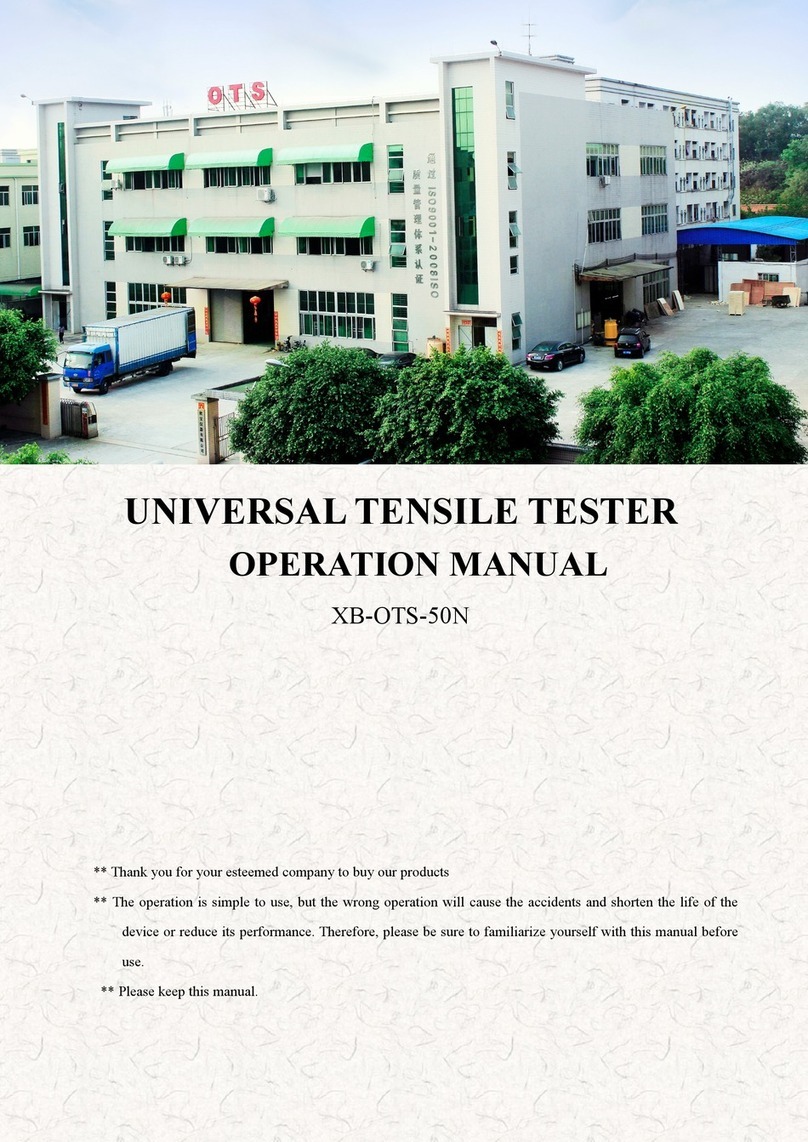
CONTENTS
SAFETY INSTRUCTIONS...................................................................................................................................................... 1
WARNING................................................................................................................................................................................1
PROVISION FOR LIFTING AND CARRYING.....................................................................................................................2
OPERATING ENVIRONMENT.............................................................................................................................................. 2
CLIMATIC ENVIRONMENT................................................................................................................................................. 2
i) temp 5-55 deg celcius......................................................................................................................................................... 2
ii) humidity 30-95% RH............................................................................................................................................................2
iii) Altitude 2000m above sea level...........................................................................................................................................2
ELECTRICAL INFORMATION..............................................................................................................................................2
INSTALLATION CATEGORY AND POLLUTION DEGREE............................................................................................. 3
ELECTRICAL SUPPLY...........................................................................................................................................................3
SECTION 1 INTRODUCTION................................................................................................................................................ 4
1.1 The SBT401.........................................................................................................................................................................4
1.2 Features of the SBT401....................................................................................................................................................... 4
SECTION 2 SPECIFICATIONS AND INSTALLATION.......................................................................................................4
2.1 Machine Settings - ABRASION......................................................................................................................................... 4
2.2 Machine Settings - Pilling................................................................................................................................................... 4
2.3 Machine Settings at subsequent calibrations.......................................................................................................................5
NOTE 1............................................................................................................................................................................5
NOTE 2............................................................................................................................................................................5
2.4 Calibration Checks.............................................................................................................................................................. 5
SECTION 3 INSTALLATION AND ASSEMBLY................................................................................................................. 6
3.1 Assembly for Abrasion Testing...........................................................................................................................................6
3.2 Assembly for Pilling Testing...............................................................................................................................................7
SECTION 4 OPERATING INSTRUCTIONS FOR THE SBT401..........................................................................................7
4.3.1 preparation of apparatus................................................................................................................................................. 10
4.3.2 Conditioning................................................................................................................................................................... 10
SECTION 5 TESTING PROCEDURES.................................................................................................................................10
5.1 Sample preparation - Abrasion..........................................................................................................................................10
5.2 Sample preparation - Pilling..............................................................................................................................................11
5.3 Test Procedure - Abrasion................................................................................................................................................. 12
1. Determination of specimen breakdown..................................................................................................................... 12
2. Determination of Mass Loss...................................................................................................................................... 12
5.4 Test Procedure –Pilling................................................................................................................................................ 13
SECTION 6 CALIBRATION AND MAINTENANCE......................................................................................................... 14
6.1 Calibration......................................................................................................................................................................... 14
6.2 Maintenance...................................................................................................................................................................... 14





























